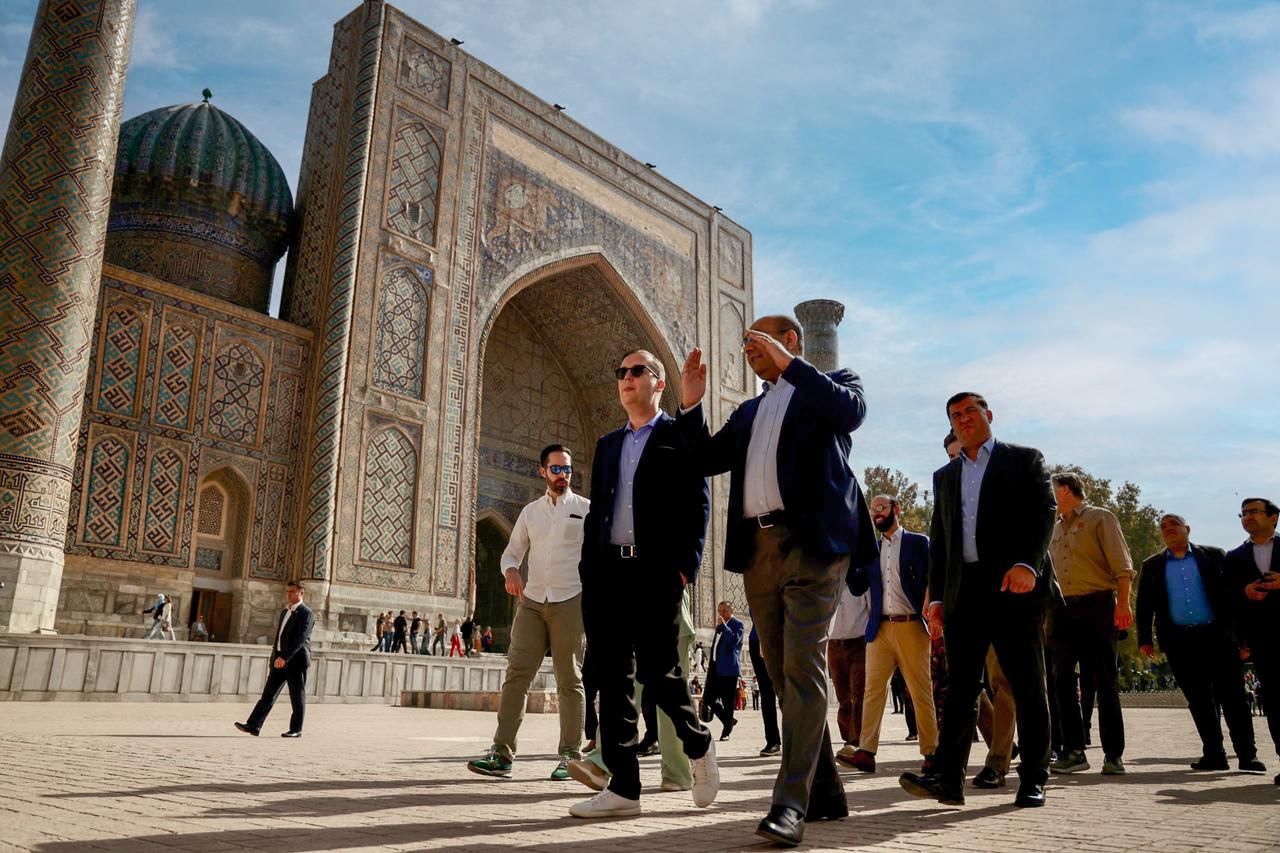
The United States is preparing to host Central Asian leaders in Washington on Nov. 6, marking the 10th anniversary of the C5+1 diplomatic forum, which brings together the U.S. and the five Central Asian states: Kazakhstan, Kyrgyzstan, Tajikistan, Turkmenistan, and Uzbekistan.
The summit will follow a high-level visit to Samarkand by U.S. officials Sergio Gor, director of the Presidential Personnel Office, and Christopher Landau, U.S. deputy secretary of state and special envoy for South and Central Asia, who met with Uzbekistan’s Foreign Minister Bakhtiyor Saidov on Oct. 26.
The timing is significant. It coincides with the U.S. president’s broader Asia tour, and comes amid growing concern in Washington about Beijing and Moscow’s expanding presence across the Eurasian steppe. Against this backdrop, the summit aims to renew America’s engagement in a region long considered part of Russia’s sphere of influence.
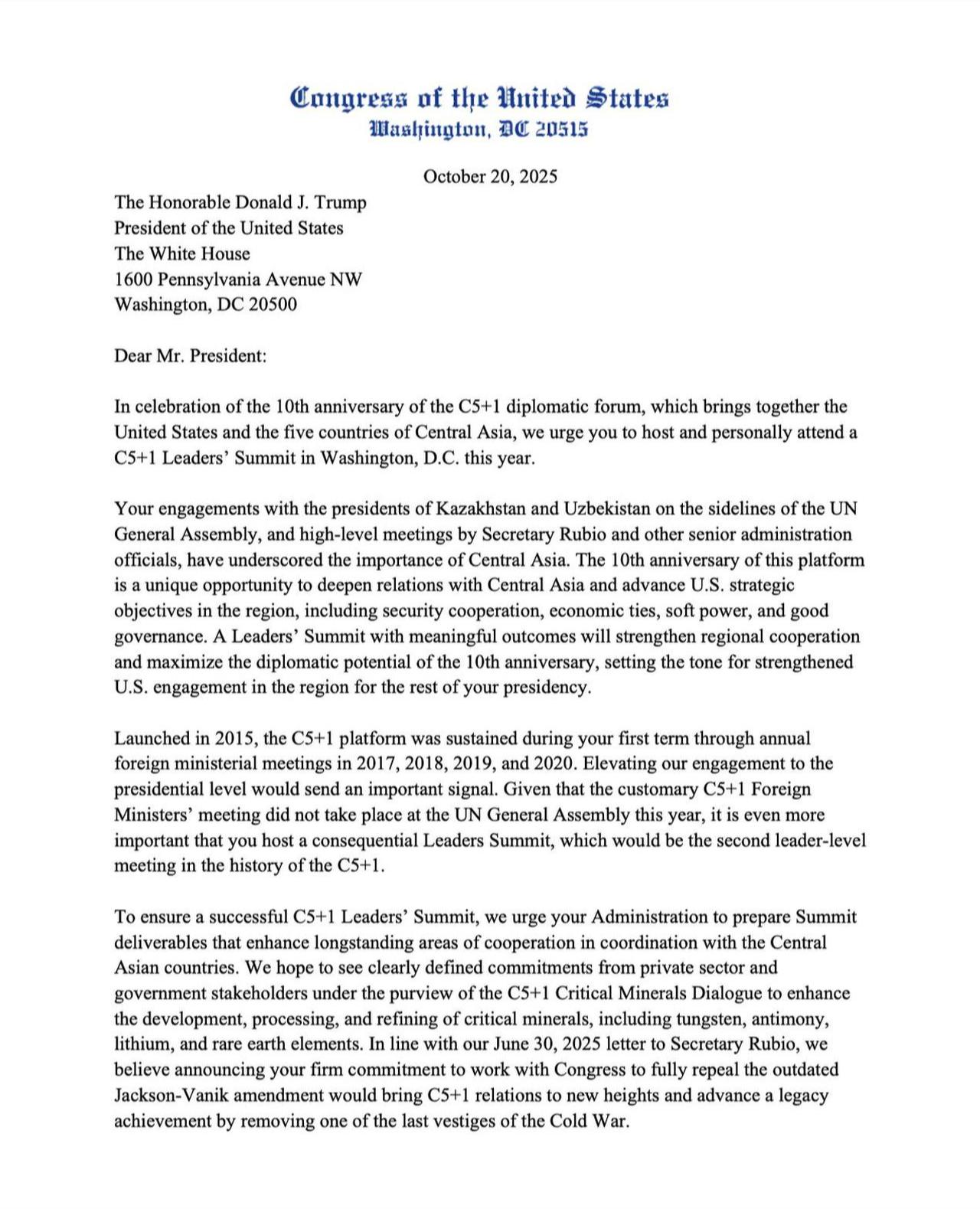
On Oct. 20, a congressional foreign affairs panel urged the White House to host a leaders’ summit before the year’s end and spelled out specific U.S. interests.
Lawmakers singled out the development of critical minerals—tungsten, antimony, lithium and rare earths—called for the full repeal of the Jackson-Vanik amendment, and warned that counterterrorism against the regional Islamic State affiliate must remain a priority.
The letter to the White House called for a summit “with meaningful outcomes,” underscoring opportunities in security cooperation, trade diversification, and governance reform.
They also pressed for the revival of people-to-people initiatives—including the return of Peace Corps programs and expanded educational exchanges and resolving the accreditation issues that currently impede U.S.-sponsored journalists and other U.S.-funded broadcasters operating in the region.
Strategically, Central Asia occupies a pivotal geographic position—a landlocked corridor bordered by China, Russia, Iran, and Afghanistan. For Washington, it represents both an economic opportunity and a geopolitical frontier.
The U.S. views the region as a potential counterweight to Beijing’s Belt and Road Initiative and as a critical source of key minerals such as tungsten, antimony, lithium, and rare earth elements—all essential to advanced technology, aerospace, and defense industries.
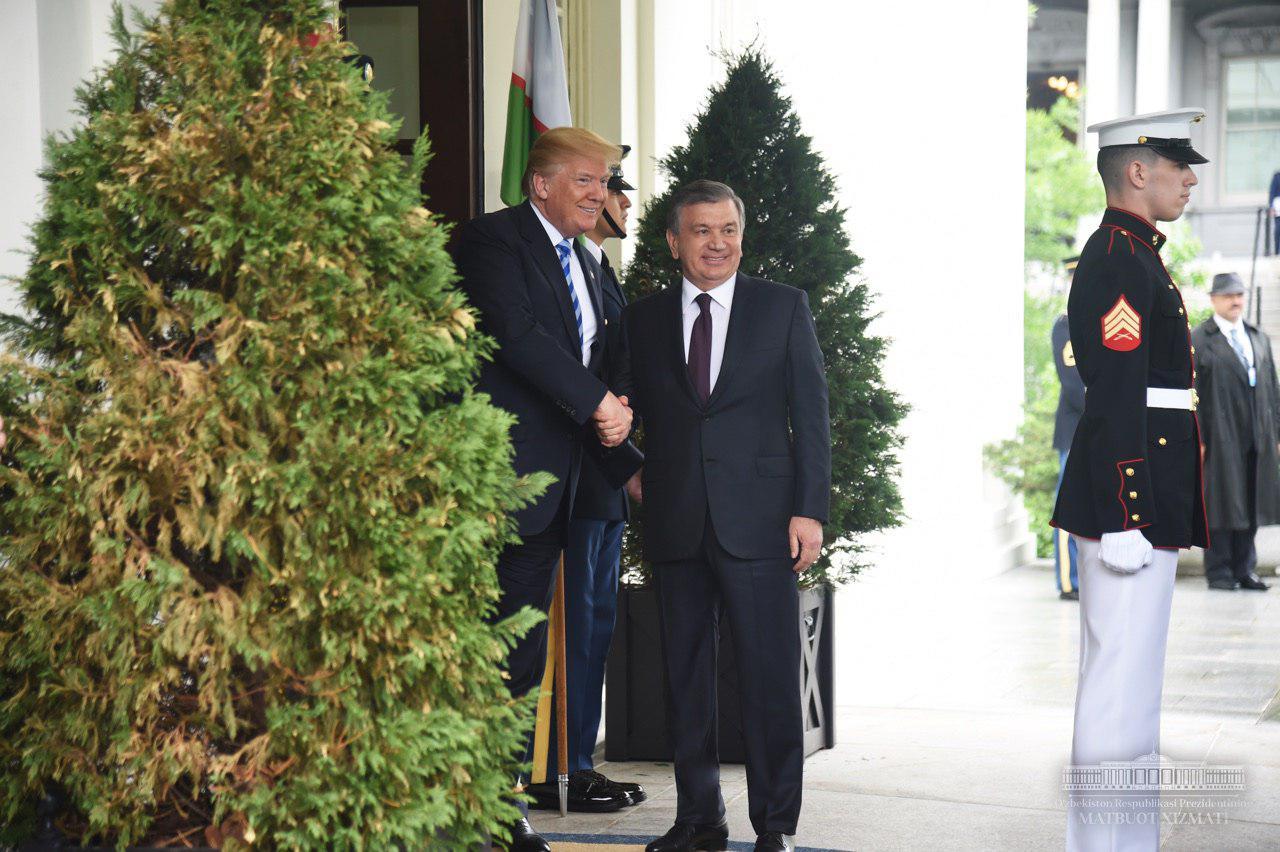
The upcoming meetings build on earlier encounters between the U.S. president and Central Asian leaders, including Kazakhstan’s Kassym-Jomart Tokayev and Uzbekistan’s Shavkat Mirziyoyev, held on the sidelines of the U.N. General Assembly.
Those talks resulted in multi-billion-dollar business deals, signaling that the current engagement goes beyond symbolism.
Unlike previous administrations, Washington’s approach today seems driven less by democratization rhetoric and more by strategic pragmatism.
Central Asian states view this as a window to attract U.S. investment without having to distance themselves dramatically from Moscow or Beijing.
However, America’s footprint in the region remains constrained by recent cuts to foreign aid and development programs. The dismantling of USAID’s operations and reduced funding for U.S.-backed media have weakened some traditional channels of influence.
This has forced Washington to rely more on commercial diplomacy and strategic partnerships, particularly in sectors like energy, mining, and logistics.
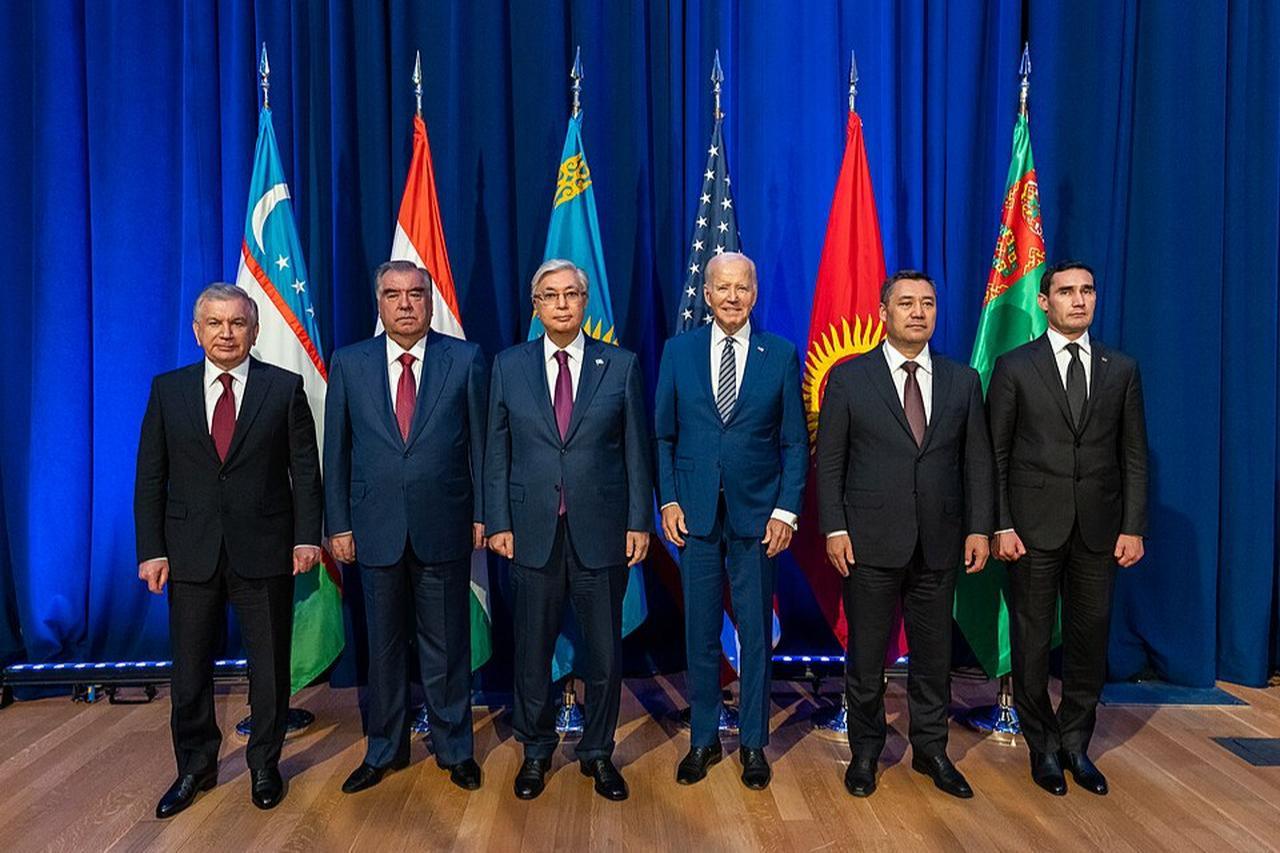
China’s dominance over the global supply chain for rare earths and critical minerals has reshaped U.S. strategy.
As part of a broader contest for technological and industrial sovereignty, Washington now seeks to diversify supply sources, and Central Asia might be central to that effort.
The region’s mineral wealth, coupled with its secular administrations and outward-looking societies, offers an appealing alternative to overdependence on China.
From Washington’s perspective, this could get beyond merely about resource extraction and reach building a reliable Eurasian land bridge linking Central Asia to the Middle East and Europe under the U.S.-friendly economic order.
Whether through trade corridors, energy routes, or digital connectivity projects, the U.S. hopes to anchor regional economies within a Western-aligned supply chain.
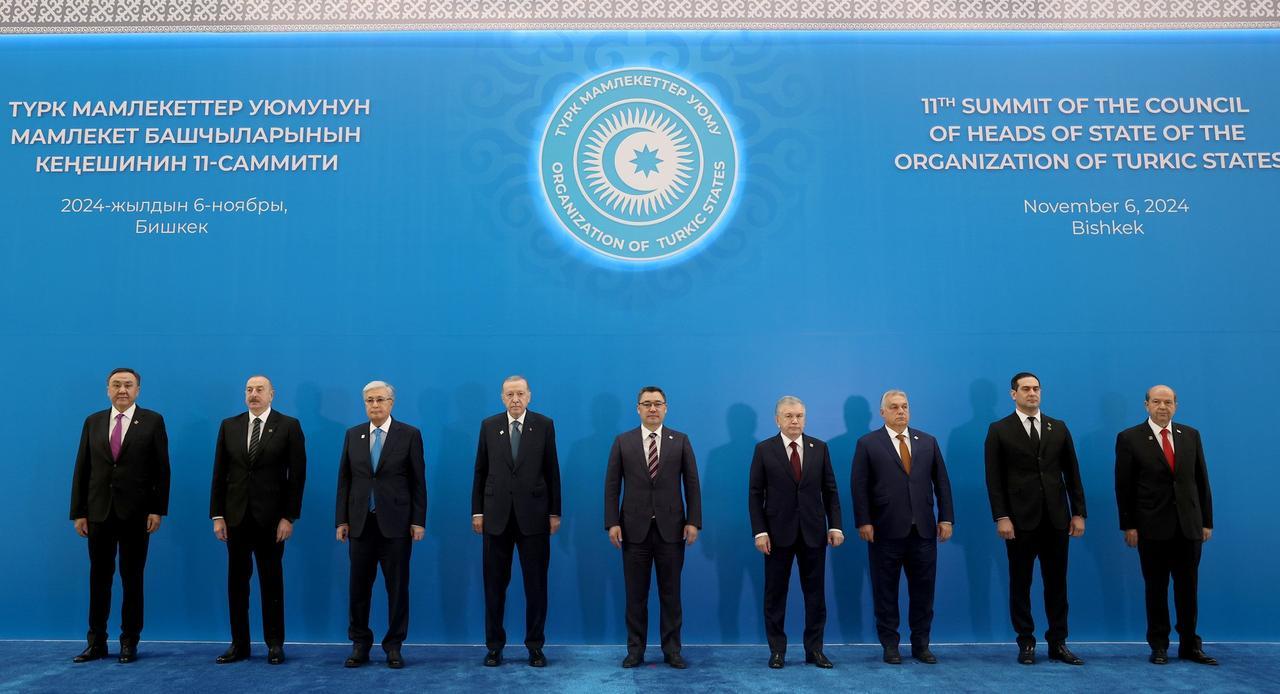
The U.S. president’s recent involvement in mediating peace between Azerbaijan and Armenia has further intertwined American diplomacy across the Caucasus and Central Asia.
The Trump Route for International Peace and Prosperity (TRIPP), a policy memorandum announced in August, aims to normalize economic activity in the South Caucasus, curtail Russian and Iranian leverage, and open new trade axes that connect the Caspian Basin with the Eastern Mediterranean.
If coordinated effectively, this vision could also extend to Azerbaijan and the Turkic republics of Central Asian states, many of which are part of the Organization of Turkic States.
Such alignment would not only integrate those states into a broader network of American partners but also provide Washington with a platform to shape regional connectivity between Europe, the Middle East, and Asia.
As Central Asia remains crucial to the U.S.’ short-term objectives in Afghanistan and the broader region surrounding China, Washington may find it easier to engage with the area on an organizational level. Considering the European Union's initiative in April, Central Asian countries can benefit more by leveraging their increased value, getting together as well.